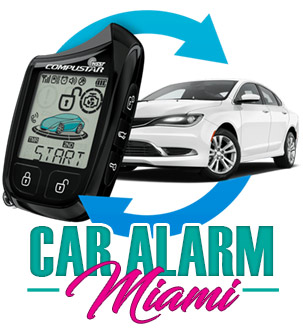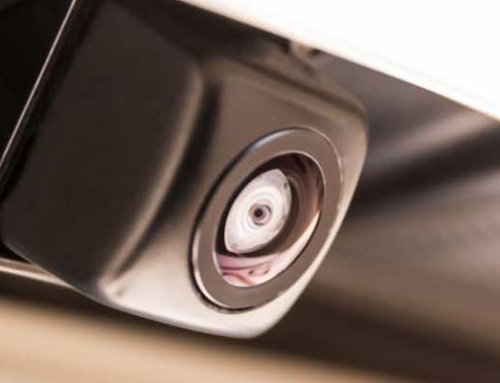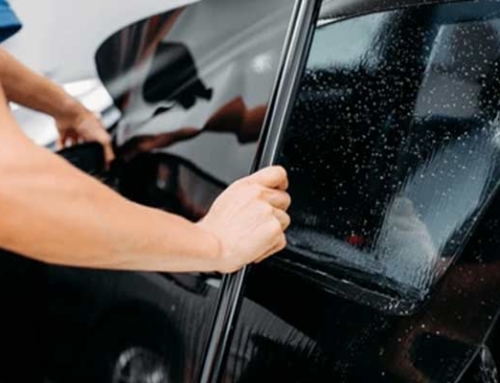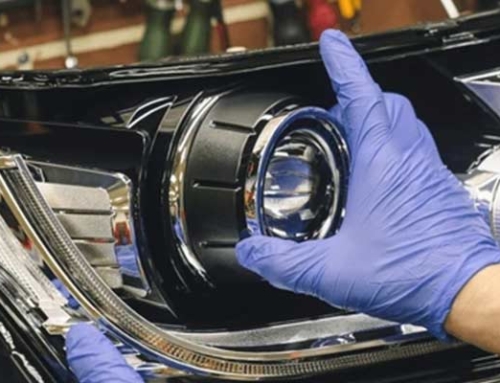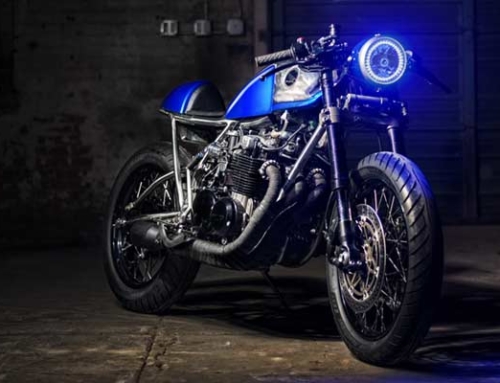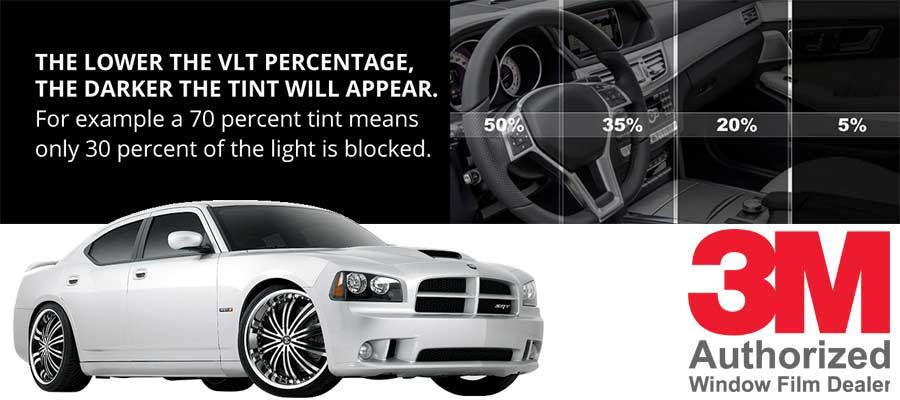
I must admit that I am the first to acknowledge that there is no need to do one more article on window tinting shades. Still, the question keeps coming up, so I figured that rather than sending customers to another website, I would publish another article on window tinting shades. When it comes to window tinting shades, the most considerable confusion is that the specified number on window tinting film refers to the light the film allows to go through rather than how much it blocks!
The first thing I have to say is that Car-Alarm-Miami.Com is an authorized 3M car window tinting dealer, but the importance of that is something we’ll touch on a little later! That said, we can order any film that 3M manufactures, but our regular inventory consists of 50%, 35%, 20%, and 5% window tint film. These come in both metallic and die (black) tones. Let’s explain this in more detail:
Window Tinting 50%
As the specs denote, a 50% (fifty percent) shade blocks fifty-percent of the available light from reaching the car’s interior. This type of film is an excellent option for stopping heat in a climate with no more than eight months of warm weather. It is also quite effective in blocking ultraviolet radiation. In Florida, 50% window tinting film is not very popular since it does little to stop the raving sun if commuting during the day.
Window Tinting 35%
35% (thirty-five %) shade window tinting allows “not block” but allows 35% of light to pass through. This type of car window tinting film is viral with folk who reside part-time in Florida but call places like New York, New Jersey, and Canada home! In many areas, this is the maximum allowed by local state law. Although this may look relatively light to the naked eye, 35% window tinting film is very efficient at combating heat and rejecting a lot of UV radiation.
Window Tinting 20%
20% window tinting is the most popular with South Florida residents, especially in Miami. Even though the Florida Window Tinting Law says that the “Front Side windows: Must allow more than 28% of light in,” unless you run into a total dick of a State Trooper (and they do exist!), many in law enforcement will let you get away with 20% window tinting shade. Twenty percent window shade tint, or as it is also called, “Factory Tint,” is very popular because of that! Today, many car manufacturers ship vehicles to the South Florida market, with the rear windows tinted with a shade ranging from 15% to 26%. In many cases, a 3M 20% tint in the two front windows will make the vehicle look unified if it comes like that from the factory.
Window Tinting 5%
Five percent shade, also called “Limo Tint” or the gangster look, was trendy during the 80s and 90s and was responsible for some of the window tinting laws we have on the books today. This type of film only allows 5% of the available light to pass through. As a formal user of 5% limo tints, I will tell you that it is pretty dangerous, especially at night. After scratching my truck while backing up and damaging a $500 wheel, I decided to part ways with the dark tints and switched to a better and more efficient 28% Titanium. After all, tinting your vehicle aims to protect the interior, keep it more relaxed, and keep dangerous UV rays from reaching you while you are stuck in traffic. Regarding all that, 5% limo tinting falls way short compared to high-performance metallic or ceramic film.
Black Tint vs. Titanium Tint
When it comes to Black Tint vs. Titanium Tint, we need to give credit where credit is due, and the truth is that without dark or black window tinting film, we would have some of the high-performance metallic or ceramic film we have today—the main difference between the two is the manufacturing process. For the most part, black or dark window films are considered dyed films. They are still around because they are a cost-effective way to offer protection from the sun. As the name implies, it is simply a film containing a dyed layer (no metal) that provides a dark look for privacy and excellent heat absorption properties. Aside from limited UV protection, dyed films have a propensity for failure, especially if exposed to ammonia from window cleaning solutions like Windex. The ammonia in Windex causes that dye to turn purple, pretty much how it curls your hair blond.
In some cases, it also causes the glue to fail. On the other hand, high-performance metallic films get their name from the thin metal layer within the film. This metal layer results in the tint being somewhat reflective while having excellent heat rejection and blocking up to 99% of the UV radiation. Recently, 3M has developed a new type of window film and a category called high-performance ceramic films. Ceramic tint films are the true crème de la crème of the industry, and while not offering quite as much privacy as dye films, the ceramic film outperforms both dye and metallic film in every category. In the manufacturing process of high-performance ceramic window tinting films, metals and dyes are put to the side in favor of state-of-the-art ceramics to create a film that retains its precise color and appearance for many years. When combined with 3M proprietary adhesive, you get a car window tinting job with a “national” lifetime warranty when installed by an “authorized dealer.”
So, we hope that the next time you Google “Window Tinting Miami,” you keep these facts in mind and choose a better window tint type for your vehicle instead of a darker one! For more information, please call us or stop by for a 3M window film sample!
